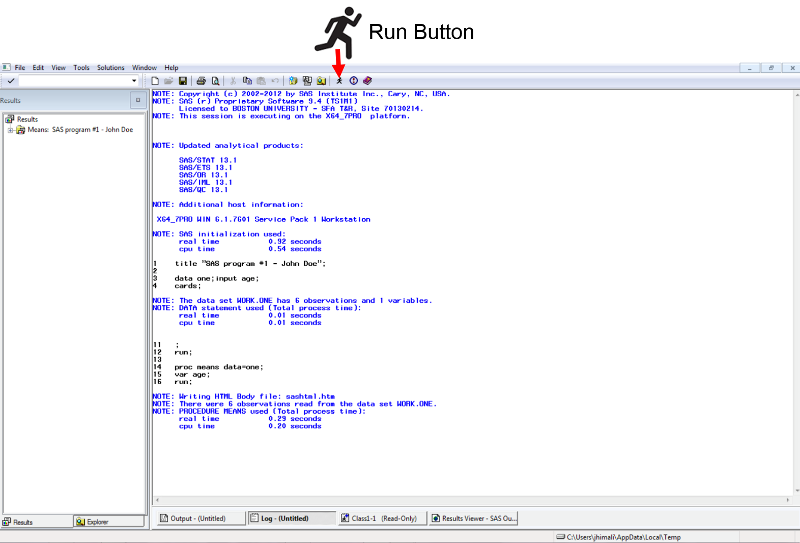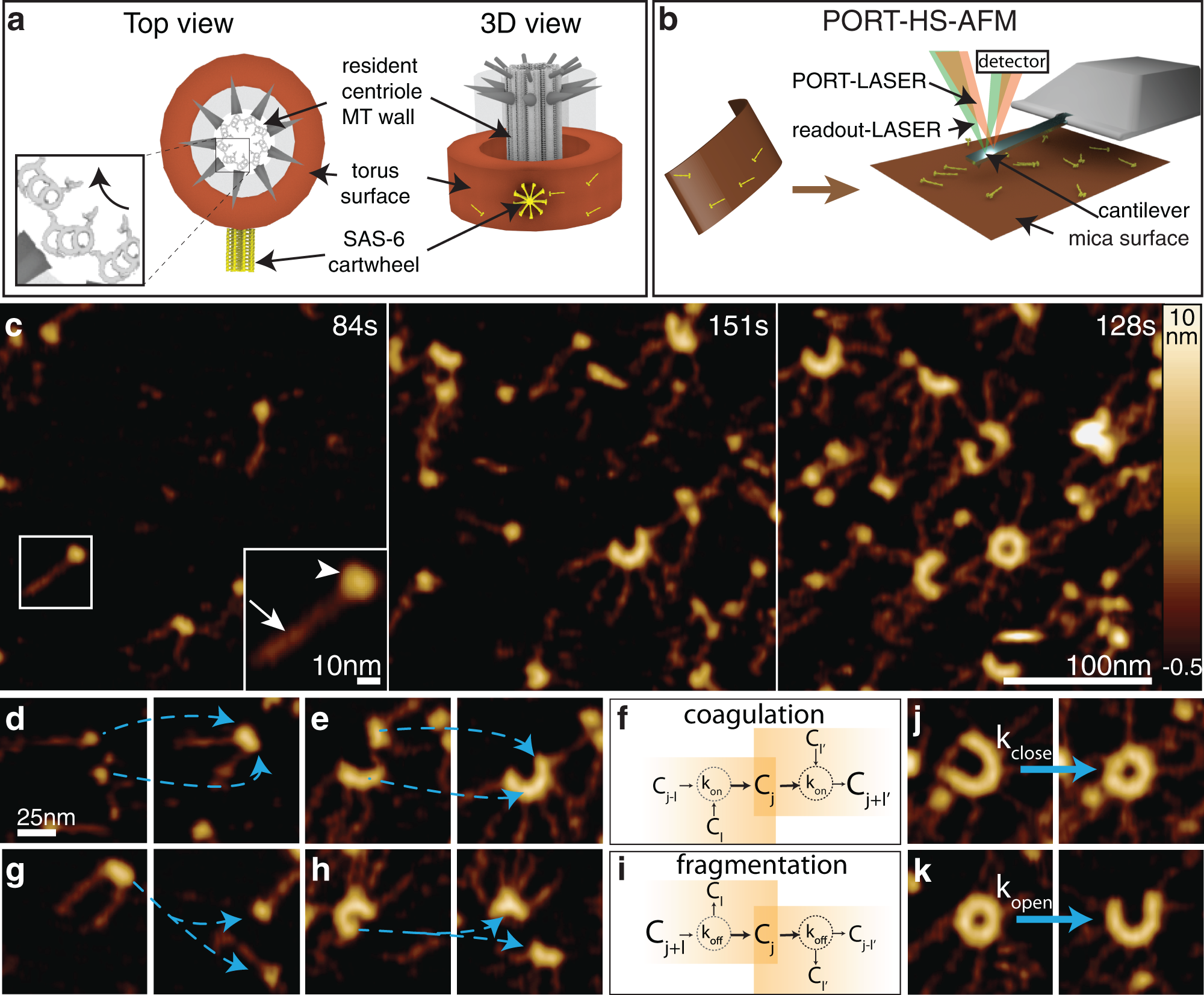

Conversely, the p53 tumor suppressor gene, whose expression can induce apoptosis, has been implicated in almost all forms of inhibition of cell replication ( 19).

In these cells, Bcl-2 will prevent apoptotic cell death and thus play a pivotal role in tissue development, cell maturation, and terminal differentiation ( 13, 20). Under physiologic conditions, Bcl-2 expression seems to be associated with a pool of less differentiated cells and with cells undergoing terminal differentiation. The Bcl-2 protein can prevent or markedly reduce cell death induced by a wide variety of stimuli ( 31). Among other factors, the products of two genes, those encoding the p53 and the Bcl-2 proteins, have been shown to play a fundamental regulatory role in this process ( 18, 49). The apoptotic process can be modulated by various stimuli, including hormones, cytokines, growth factors, bacterial or viral infections, and immune responses. It is implicated in a wide variety of biological phenomena, including inflammatory responses ( 3, 12). One such mechanism may be programmed cell death of tissue-infiltrating leukocytes.Īpoptosis is a programmed form of cell death which results in the elimination of specific cells without disturbance of tissue structure or function ( 3, 17, 48). A specific mechanism(s) should therefore account for the observed stability in the size of the inflammatory infiltrate in spite of the continuous influx of leukocytes. Despite the chronic nature of the bacterial stimuli, in a healthy person, the size of the inflammatory infiltrate has been shown to remain fairly constant over the life of the individual ( 28, 35, 36).

The majority of mononuclear cells, on the other hand, enter the perivascular connective tissue to form an inflammatory infiltrate composed mainly of a specific subset of T cells, B cells, and macrophages ( 37, 42, 45). Following diapedesis, polymorphonuclear leukocytes migrate into the gingival junctional epithelium along gradients of chemotactic and haptotactic molecules to reach the front of bacterial challenge ( 43, 44). Recent investigations have indicated that the recruitment of inflammatory cells at this site of bacterial challenge is dependent on the selective activation of subepithelial capillary loops to express specific leukocyte adhesion molecules ( 26, 41). In this respect, the existence of a high rate of epithelial cell turnover and a highly regulated local immune response are thought to concur in limiting the penetration of pathogenic microorganisms into the gingival tissues ( 8, 9, 27). Preservation of periodontal health is thus dependent on the establishment and the maintenance over time of a local host-bacterium equilibrium ( 9). Superficial periodontal tissues are constantly exposed to a mixed anaerobic gram-negative flora which can induce inflammatory responses leading to destruction of the tooth-supporting apparatus, i.e., periodontal diseases. It is suggested that p53 expression associated with DNA damage is a prevalent phenomenon in chronically inflamed human gingiva, and that apoptosis may be a relevant process for the maintenance of local immune homeostasis at sites of chronic bacterial challenge in vivo. In the ICT, cells displaying biotinylated DNA nicks were 3.8% ± 2.7% of total cellularity, while p53- and Bcl-2-positive cells represented 4.4% ± 1.7% and 15.4% ± 6.7% of total cells, respectively. Numerical consistency was confirmed by multivariate regression analysis: densities of DNA damage-positive cells were significantly predicted by densities of p53-positive cells ( P = 0.001, r 2 = 0.84). Quantitative analysis of the ICT showed mean densities of DNA damage- and p53-positive cells of 345 ± 278 and 403 ± 182 cells/mm 2, respectively.

Topographic consistency between DNA damage- and p53-positive cells was consistently observed. Qualitative data analysis showed high densities of cells expressing DNA damage and p53 both within the epithelial attachment to the tooth and in the perivascular infiltrate (infiltrated connective tissue ) immediately underlying the site of chronic bacterial aggression. In this investigation, we used the TUNEL (terminal deoxynucleotidyltransferase-mediated dUTP-biotin nick end labeling) technique to evaluate presence and topographic location of apoptosis-associated DNA damage in human gingival biopsies along with the expression of the p53 and Bcl-2 apoptosis-regulating proteins. Human gingiva represents an established model to study immune responses to bacterial infection. Apoptosis is a key phenomenon in the regulation of the life span of terminally differentiated leukocytes.


 0 kommentar(er)
0 kommentar(er)
